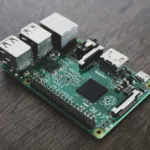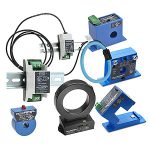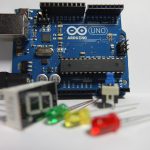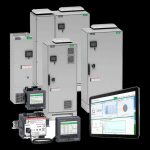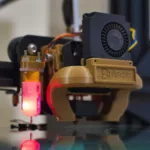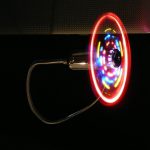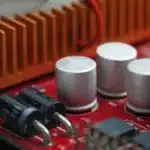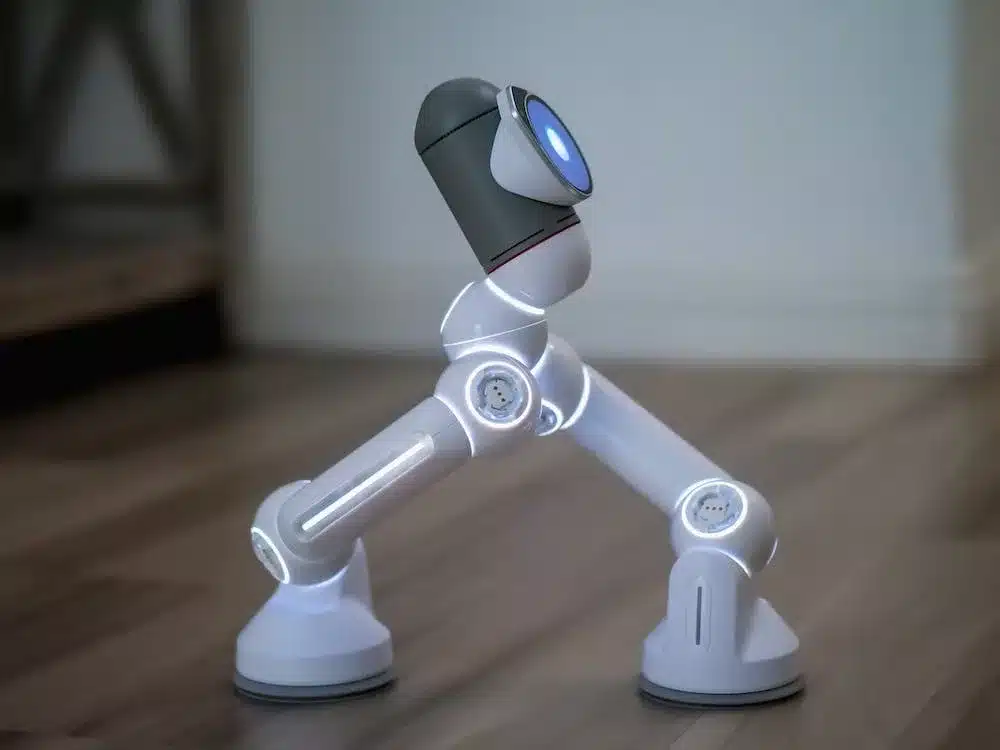
Introduction
Industrial robots are indispensable in modern manufacturing processes, increasing productivity, quality, and efficiency. Advanced sensors are integrated into these robots to enhance their capabilities further, enabling them to perceive and interact with their corresponding environment more effectively. The choice of robot sensors usually depends on the industrial automation systems and their tasks. This article outlines the 10 advanced industrial robot sensors that are revolutionising automation.
Importance of Robot Sensors for Industrial Automation
Robot sensors play a pivotal role in industrial automation by providing real-time data and feedback to robots, enabling them to adopt and interact with their specific facilities. These sensors are designed to mimic or enhance human senses, such as vision, touch, and hearing, minimising human fatigue and error. Additionally, industrial robots sensors integrate multiple sensors to facilitate effective process control and operation, enhancing their versatility and improving performance and productivity.
10 Most Popular Industrial Robot Sensors
Multiple robots are effectively utilised in different industrial settings for optimised automation processes. The newly developed sensor for automation enhances efficiency and precision in various manufacturing and automation processes. Among these superior sensors, the top ten outlined sensors include:
- Proximity Sensors
Proximity robot sensors detect the presence or absence of objects within a specific range using multiple technologies, such as infrared, ultrasonic, and capacitive sensing. They allow robots to navigate their environment safely, avoiding collisions with obstacles and humans. Proximity sensors are essential for autonomous mobile and collaborative robots working alongside human operators.
- Vision Sensors
Robot vision sensors utilise cameras and image processing algorithms to provide robots with visual perception capabilities. These sensors can identify objects, detect their position and orientation, and even recognise text and barcodes. Integrated vision sensor robots can precisely perform complex tasks, such as sorting, quality inspection, and assembly. The two main types of robot vision sensors used in industrial automation include 2D and 3D visual sensors.
- Temperature Sensors
Industrial robots use temperature sensors to monitor the temperature of different motors and other engaged objects. By monitoring temperature, robots can prevent overheating, detect abnormalities, and ensure safe and smooth operation. Temperature sensors are vital for applications that involve high-speed operations or working with heat-sensitive materials.
- Tactile Sensors
Tactile sensors or touch sensors mimic the sense of touch, allowing robots to detect and measure contact forces and pressure distribution. These sensors enable robots to handle fragile or deformable objects precisely. Tactile sensors benefit applications like material handling, assembly, and quality control.
- Gas and Chemical Sensors
Gas and chemical sensors enable robots to detect and analyse the presence of specific gases, chemicals, or pollutants in the environment. These sensors are crucial in industrial settings where toxic or hazardous substances exist. Robots equipped with gas and chemical sensors can ensure workplace safety by monitoring air quality, detecting leaks, and promptly responding to potential hazards.
- Force/Torque Sensors
Force/torque sensors enable robots to sense and measure the exerted forces and torques during object interactions. These sensors enhance safety, allow delicate tasks that require a gentle touch, and provide crucial feedback to the robot’s control system. Force/torque sensors adjust their movements and apply appropriate force when gripping, manipulating, or assembling objects.
- Lidar/Laser Sensors
Light Detection and Ranging–Lidar sensors employ laser beams to precisely measure distances and create detailed 3D maps of the surrounding environment. These sensors enable robots to accurately perceive their surroundings, allowing for effective navigation, obstacle avoidance, and localisation. Lidar sensors are particularly beneficial in autonomous mobile robots operating in complex and dynamic environments.
- Distance Sensors
Distance sensors enable robots to navigate, interact, and measure distances accurately. Distance sensors are commonly used in applications such as pick-and-place operations, bin picking, and automated guided vehicles.
- Inertial Measurement Units–IMUs
IMUs are sensor packages that combine accelerometers, gyroscopes, and magnetometers to provide robots with information about their orientation, motion, and velocity. IMUs are essential for precise motion control, stability, and balance in robots. They enable robots to adapt to changes in their position, handle irregular terrain, and maintain stability during high-speed movements.
- RFID Sensors
Radio-Frequency Identification–RFID sensors use electromagnetic fields to identify and track objects with RFID tags. RFID-sensor robots can perform tasks like inventory management, tracking, and sorting by precisely locating and manipulating tagged objects. RFID sensors enhance the efficiency and accuracy of material handling processes in industries such as logistics and warehousing.
The Final Thoughts
Advanced industrial robot sensors are transforming automation by enhancing robots’ perception and interaction capabilities. They enable robots to gather data, make informed decisions, and perform tasks effectively and safely. The mentioned crucial and advanced ten sensors allow robots to serve functions with increased accuracy and adaptability, thus enhancing productivity and quality and optimising automation processes.






